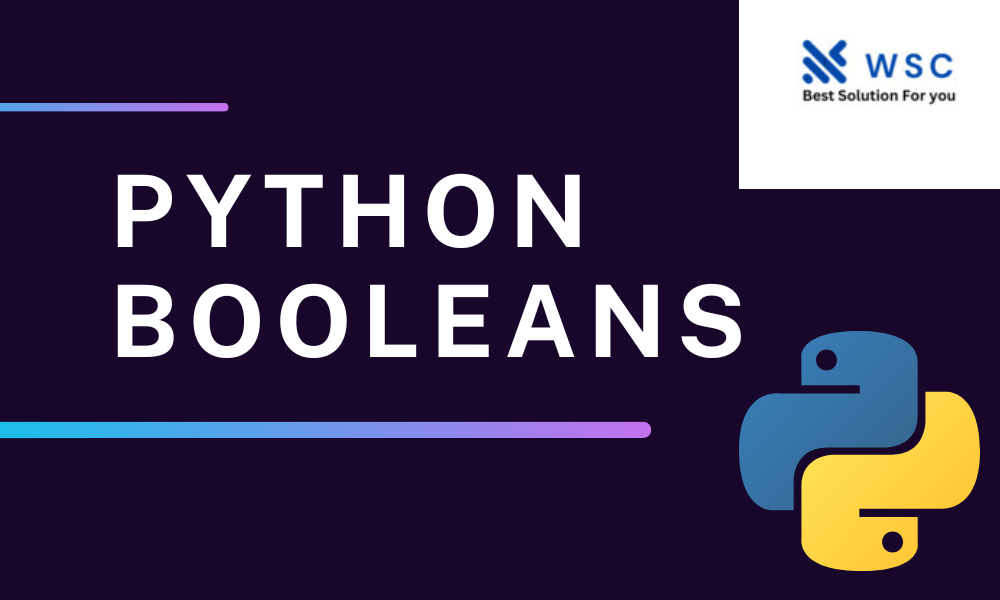In the realm of programming, a simple concept often wields remarkable power. Enter Python Booleans, the unsung heroes of logical operations and decision-making. These binary values, represented as “True” and “False,” might seem basic, but their influence on code structure and program behavior is profound. In this article, we’ll delve into the world of Python Booleans, exploring their significance, synonymous terms, and even some hands-on practice.
Understanding the Genesis: True and False
At the foundation of Boolean logic are the elementary concepts of true and false. In Python, these concepts manifest as “True” and “False” – the cornerstones of decision-making. Booleans are the outcome of comparisons and evaluations, indicating whether a statement holds true or false. They form the bedrock upon which conditional statements, loops, and complex logic are built.
Synonymous Terms for Python Booleans
Python Booleans, often known as “truth values,” encapsulate the binary nature of true and false. Other synonymous terms include “Boolean values,” “logical values,” or simply “Bools.” These terms highlight their role in evaluating conditions and steering the flow of programs.
Applications in Conditional Statements
Conditional statements, such as “if,” “elif,” and “else,” are pivotal in programming. Python Booleans drive these statements, allowing us to execute code blocks based on the truthiness or falsiness of expressions. This feature empowers programmers to craft adaptive and responsive programs that handle diverse scenarios.
Leveraging Logical Operators
Python equips programmers with an array of logical operators like “and,” “or,” and “not.” These operators are the building blocks for constructing intricate Boolean expressions. By combining multiple conditions, programmers can model complex decision pathways and perform advanced data filtering.
Putting Theory into Practice
Let’s put our understanding to the test with a simple practice code snippet:
temperature = 25
is_sunny = True
if temperature > 20 and is_sunny:
print("Perfect day for an outing!")
else:
print("Consider indoor activities.")
# Output: Perfect day for an outing!
Conclusion
Python Booleans, the guardians of logical evaluation, are more than just “True” and “False.” They shape the contours of programming, from decision-making to data filtering. By understanding their nuances and leveraging their power, you’ll empower yourself to craft more robust and responsive Python programs.
Check our tools website Word count
Check our tools website check More tutorial




